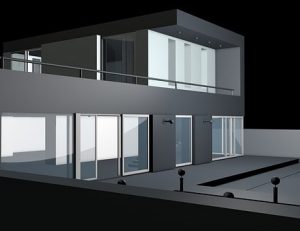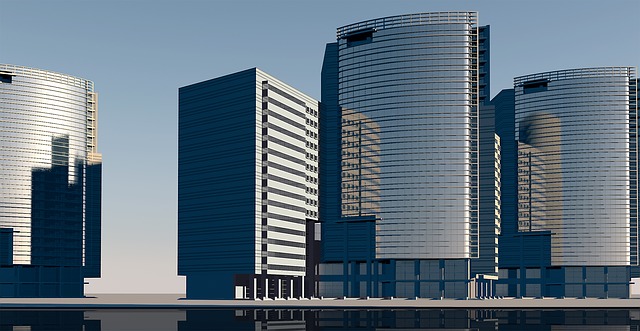
Are 3D Rendering and Architectural Visualization the Future of Architectural Design?
Technology has changed the way we work and view the world, it has allowed us to do things that were thought to be impossible, such as finding the LVBet Bonus Code, and it enriches our lives more and more every day. One of the fields that has gone through drastic changes is architectural design, especially with the invention of 3D rendering, which has completely revolutionized the whole process. Are 3D Rendering and Architectural Visualization the Future of Architectural Design? Well, to answer that question, we have to first take a look at what these are and what benefits they bring.
What is 3D rendering?

Simply put, 3D rendering is a process of creating a 3D image of your architectural design. However, this simple definition does not do it justice. There are so many possibilities with 3D rendering that architects could take advantage of – besides just making a digital model of your building, you can simulate the effects of lighting or even explore the acoustics of the place. All of this makes it easier for your clients to see your vision come to life before the building process even begins.
The benefits of 3D rendering and architectural visualization
The visuals – The biggest benefit of 3D rendering is the fact that you can already ‘build’ your design and present it to your clients. Very often, people who haven’t spend years studying architecture have difficulty imagining how the drawings and sketches would look in real life once they are built. By using 3D rendering, you are allowing your clients to see your designs in full glory.
The adjustability – A great thing about this software is that you can easily make changes to your design whenever you or your clients need it. This is a major improvement for all architects who do not love to spend hours making new drawings and designs just because they wanted to change a minor detail.
Duplication – 3D rendering is great if you need to duplicate anything from your design. Whether you need to have identical rooms or even identical houses, by using this software you will be able to get the desired results in just a couple of clicks. It is also very easy to rotate or mirror objects and designs, or even duplicate patterns and textures.

To summarize, 3D rendering and architectural visualization could be incredibly beneficial both for architects as well as their customers. This software allows you to present the designs visually so that you and your customers are always on the same page. Moreover, it makes the process of creating beautiful designs easier and allows you to express your creativity to the fullest.
Are there any downsides to using 3D rendering and architectural visualization?
The only downside to using this software is that it takes some time to learn it and get adjusted to the new technology. All the benefits are possible only if you are skilled in using the programs; therefore, you first have to put in a lot of hours of learning and practice. This could be a challenge to all those who are used to the traditional ways; however, the payout of devoting your time to 3D rendering is extraordinary.
Is 3D rendering the future?

Taking into consideration how fast technology is improving and how often we get new developments, 3D rendering might not be the future of architectural design, but rather its present. There is no question that this software is going to be even further developed and enhanced, but even in the present time, it should be an inseparable part of every architect’s life. Therefore, instead of waiting to see what the next big thing in the world of architecture is going to be, we recommend diving into 3D rendering as soon as possible.

